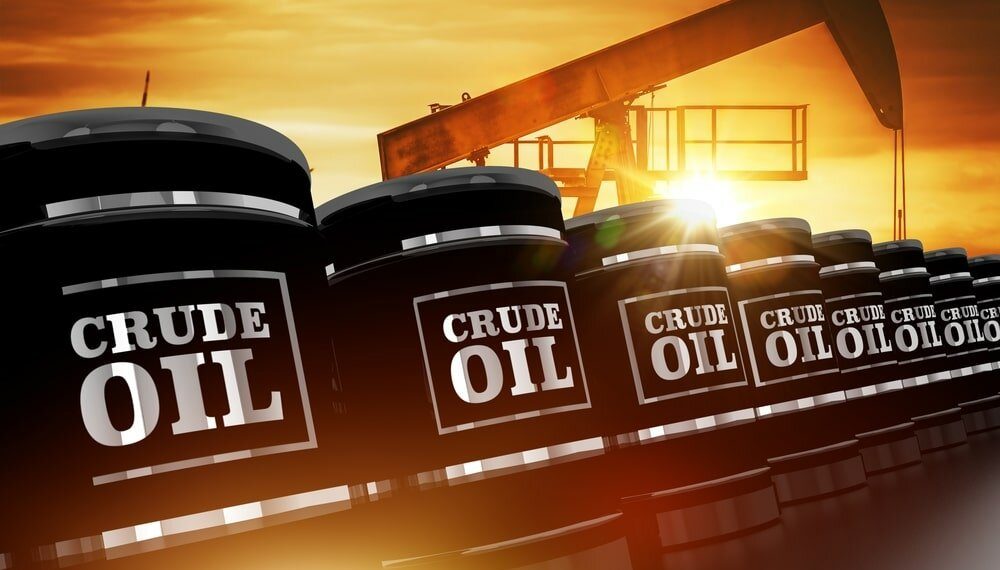Goldman Sachs forecasts that Brent Crude will rise to $65 per barrel in the next six months, earlier than anticipated, due to the boost in demand from the rollout of COVID-19 vaccine, and the surprise cut of Saudi Arabia’s crude production.
According to Goldman’s head of commodities research, Jeffery Curie, the delays in restarting oil production among the major oil producers of OPEC+ may keep the oil market tightened over the coming months.
“With vaccines being rolled out across the world, the likelihood of a fast tightening market from Q2 of 2021 is rising as the rebound in demand stresses the ability of producers to restart production,”
According to Goldman, however, crude production levels by the OPEC+ will still be low by March since global demand for crude is yet to begin rebounding sharply due to the rising vaccinations.
Only recently, during an OPEC+ ministerial meeting, Saudi Arabia committed to reduce its crude production by 1 million b/d in February and March to give way for Russia and Kazakhstan to increase their production modestly.
Unlike Goldman, the bears in the oil market are not too certain of the outlook of the market. They opine that vaccine optimism is gradually wearing off, since people are waking up to the realization that mass vaccinations will take months rather than weeks.
OPEC Secretary- General Mohammed Barkindo, prior to the OPEC+ ministerial meeting had said that: “the outlook for the first half of 2021 is very mixed,” he further added that, “there are still many downside risks to juggle.”

Goldman seems to be among the most optimistic about the oil market, despite the recent surge in global COVID-19 infection rates. In December 2020, Goldman had a target price for Brent crude of $65 for the end of 2021, supported by a demand recovery as part of a bullish market that is expected to last long.
On the supply side, Goldman said it sees OPEC+ facing potential difficulties with ramping-up output quickly enough to meet a rebound in demand, with its oil market outlook reflecting a 1.3 million b/d supply deficit in April-July despite OPEC+ increasing production by 4 million b/d.
Based on the agreement at the OPEC+ meeting, Russia will now be permitted to raise production by 65,000 barrels a day in February and by another 65,000 a day in March, bringing output to over 9.2 million barrels a day. Before this agreement, the Saudis had been producing more than 11 million barrels a day at the peak of a price war with Russia last spring.
This notwithstanding, a new strain of the COVID-19 pandemic threatens to hurt the prospect of the bounce back of recovery in demand, especially in Europe.
Close to the end of 2020, the International Energy Agency (IEA) said that oil demand recovery will be slower in 2021 than previously forecasted. It thus reduced its projections by 170,000 barrels per day (bpd). The IEA also estimated that oil demand will be 5.7 mbpd in 2021.

















